His Majesty Mortar
A mortar is simple and difficult at the same time. Actually, this is the most amazing thing. weaponinvented by mankind. Why? Because it is fundamentally terribly simple, but very effective.
What is a classic mortar: base plate, barrel, bipod and sight. Cheap, simple and very angry. Moreover, from his debut (mass, I mean) in the First World War to our times, more than a hundred years have passed. Airplanes became airplanes, moreover, jet, rifles became automatic, heavy machine guns, MLRS, tactical and cruise missiles, and nuclear weapons appeared.
A mortar, sorry, as if dropped out of civilization. And, not knowing that the development of weapons thought goes further and further, continues to collect bloody tribute around the world. During the Second World War, according to some studies, it was the mortar that accounted for about 50% of the loss of manpower. Half. And the second half is on the conscience of all the rest of the weapons, guns, bombs, riflemen.
In essence, the mortar is a very strange phenomenon. It is even classified differently in different armies.
But the name of the mortar is Legion. Because it is many and varied.
Rifled and smooth-bore mortars, muzzle and treasury loaded, portable, towed and self-propelled, automatic and manually loaded. And there are also howitzer mortars ("Nona"), mortars can (and should) include automatic grenade launchers and even underbarrel grenade launchers.
All of them have one thing in common: mounted fire on a parabola, moreover, steeper than that of the same howitzers. Mortar, because it was from the mortar that the mortar originated.

The only ones that should not be classified as mortars are the Katyusha Guards mortars of all models, since they are not mortars at all, but very much even MLRS.
In general, only a description of all types, subspecies and special cases of mortars is worthy of an entire article. But today our goal is to answer the question about the relevance of this not very young (considering mortar ancestors) and not at all technological type of weapon.
In the conditions of modern warfare, the mortar generally sparkled with new colors in full. All eight years from the Donbass, only news of mortar attacks was coming. No, they used both artillery and MLRS, but not in such quantities.
The answer is simple: the mortar is not only cheap to manufacture, because it does not require any sophisticated electronics or expensive alloys, it has other advantages. The mortar is as mobile as possible. Small-caliber mortars can easily be carried or transported in vehicles that are completely unsuitable for this. Large calibers are able to move small commercial trucks, which are available in all countries or all-wheel drive pickups that have been loved since the Afghan war.
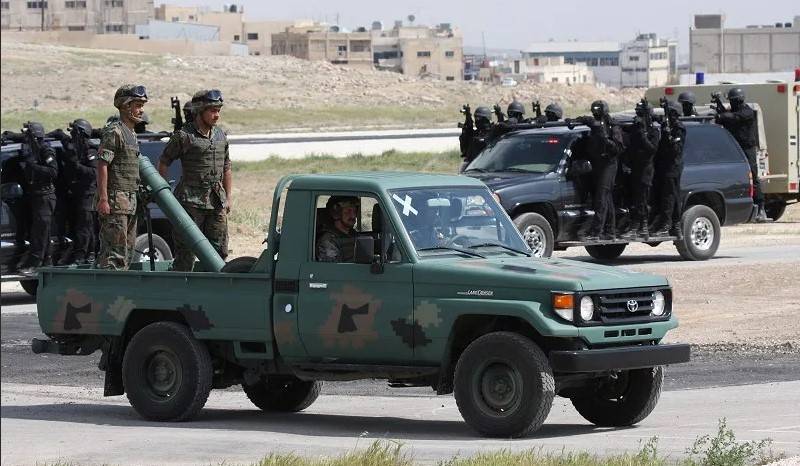
Therefore, today the use of a mortar can be clearly divided into two parts: military and sabotage. With the use of a mortar in the troops, everything is clear, we will deal with the sabotage part a little later.
A light design for the military is a godsend, because even a small tactical group (from 8-12 to 20 fighters) can be significantly strengthened by mortars that play the role of artillery.
The hinged parabolic flight path of the mine allows you to hit the enemy at the minimum close (from 100-150 meters) distances. Naturally, this is for small-caliber mortars. For large calibers, this distance, of course, is greater, but still, the mortar is capable of hitting the enemy “in front of it”.
Of course, artillery pieces shoot much further. But precisely because of the design features of artillery pieces, both guns and howitzers, fire at close range is far from being for all guns.
In this regard, the mortar is simply gorgeous: uneven terrain, urban development, the need to fire from a lowland at targets on a hill and vice versa are not a problem for it. A mortar can throw a mine even on a reverse slope of a hill or into a shelter. An experienced gunner, as practice in Chechnya has shown, is not difficult to throw (even if not on the first try) a mine through the window of a multi-storey building.
Another nuance: an artillery mine is a tricky thing. Since she does not need to fly 30-40 km, the main part of her weight is the warhead. A powder charge throws a mine from the barrel to a height, then it uses the force of gravity, and it does it well like that. If we calculate the high-explosive impact of a mine with a caliber of 120 mm, it turns out that it is more powerful than a 152-155 mm projectile. Yes, she cannot fly to the distance of the projectile, but it is not particularly required.
So - close range, hampered by terrain or buildings, the ability to shoot from the bottom up, and most importantly - mobility - these are the main trump cards of the mortar. Plus the rate of fire, 10-15 for models with manual loading and up to 120 for the automatic "Cornflower".
A very important point: the mortar is able to ensure the surprise of a fire raid and a quick retreat. The translation of the same 2B11 is done by an experienced calculation in 1,5-2 minutes, practically without giving the enemy the opportunity to detect where the fire is coming from. But even if they were able to see the fire raid, in order for the “response” to arrive, time must pass.
We look. Quietly and imperceptibly, it is possible at night (NVD to help) a couple of vehicles advance to pre-observed positions, so that between them and the targets there would be a forest behind which you can hide, mortars roll out of the bodies, are installed, fire 10-15 shots, they roll back into the bodies and at full speed the crews go home.
How long will it take from the moment the cars stop to the start of movement? 10 minutes. Will this time be enough for the opposite side to determine the coordinates and strike back? Usually not, because the countdown starts from the moment the first mine explodes, by which time the rest are already in the air, and the crews are chugging, pushing the mortars back into the cars.
Not a single towed artillery piece will provide such a speed. And self-propelled guns like 2S1M1 "Carnation" or MLRS BM-21 "Grad" cannot shoot closer than 4 km. Plus, "Grad", of course, unmasks itself with the very first shot.
Yes, the new 2M34 Khosta self-propelled howitzer can fire at least 1,8 km, this is a decent indicator, but the Khosta is tomorrow, and the mortar is already there.
In relation to the situation described, many will say that the bicycle has already been invented, and this is Nona. Yes, the Nona, which is a versatile hybrid of howitzer and mortar, is simply a chic thing. And he can lay a mine half a kilometer away, and the calculation / crew is protected at least from bullets and fragments, and the speed is quite decent.
But if you estimate how many mortars can be made from the metal that goes to the construction of one Nona, it becomes clear why Nonas are not so common in the armed forces, when compared with conventional mortars. The cost of a self-propelled mortar is not much inferior to the cost of a howitzer, and sometimes exceeds it.
Therefore, from my point of view, the height of ingenuity was a self-propelled mortar originally from the Donbass: a garbage truck with a Cornflower installed in the back. I don’t know who first came up with it, the militias or the Armed Forces of Ukraine, but the thing turned out to be lethal if you close your eyes to the stench.
The body of the garbage truck is very durable, in no way inferior to the same Nona. The review and sector of fire is quite decent. "KamAZ" on three axles and two bridges is quite passable and fast. The calculation in the cockpit is placed quite normally. What more do you want?
So in 2015, both sides of the confrontation delivered trouble to each other precisely with the help of such machines.
But a mortar, even if not 120 mm, but 82 mm, placed disassembled in a civilian station wagon can cause a lot of trouble. Precisely by the fact that it can be brought up to a firing distance (3-4 km for the same 2B14 "Tray"), shoot back and just as quickly take away. What is 42 kg of mortar weight? And fifty minutes.
If we talk about today's realities, then this, quite possibly, awaits us in the very near future. A quiet approach to the border area by representatives of Ukraine, the shooting of mines in settlements and the same quick withdrawal back. That is, what was demonstrated in the Belgorod region, when the oil storage of the Borisov plant of bridge structures was fired from grenade launchers. All the same can be arranged with the help of mortars, firing a certain number of mines at settlements.
This will not cause much harm if we talk about 82-mm mines. 120-mm mines are already much more serious, but here it is not so much material damage that is more important than the possible loss of life. Plus morale. The shelling of the Russian territory of the Armed Forces of Ukraine, which, according to reports, is already close to being left without equipment.
But after the next regroupings, Grad shells began to arrive in the Belgorod region, so it’s too early to talk about mortars and sabotage groups.
For such terrorist activities, the mortar is no worse than the Grad. The spread of mines is very decent, so 120-mm at a maximum distance of 8-9 km gives a spread in a circle with a diameter of up to 140 meters. It will only be possible to destroy something thanks to a decent number of shots. And here is another point: an artillery mine is a very cheap tool for causing damage.
A mortar is a very inaccurate weapon, let's put it this way: it is maximally adapted for working in areas. If we take some hypothetical settlement, then for a mobile terror group it will not matter at all whether there are military or only civilians there. The released mines will still do their job. The mortar will perfectly destroy buildings, engineering structures, roads, and other infrastructure facilities. The result will be obvious.
The only drawback of such an operation is the small number of mines that each individual calculation can take and safely use. Precise work is still not for a mortar, although ...
The Americans, for example, came up with the Precision Guidance Kit technology, thanks to which conventional projectiles become significantly "smarter" and begin to look like precision weapons. Their XM395 mine, which is guided by a precision positioning system, gives a spread of 5-10 meters, which is simply magical result for an artillery mine.
The price, however, is also magical. The cost of one 120-mm XM395 mine is about 10 thousand dollars. Of course, Excalibur cannot be compared with a smart projectile, it is also quite a lot. After all, the mine is equipped not only with a positioning unit, but also with a control unit with thrusters. But XM395 allows you to hit the target with 1-2 mines instead of the usual 8-10.
But these are not our realities. We will have ahead of us the task of catching mobile terror groups that will continue to fire at border settlements with the help of mortars.
Total: highly mobile, cheap to manufacture and maintain weapons, with cheap ammunition. These are pluses.
The cons are really few. The main one is accuracy. The pros clearly outweigh, which means that the mortar will not leave the stage for a very long time. Moreover, not those newfangled inventions that the leading arms manufacturers in the world are engaged in, which I deliberately kept silent. We are talking about the same pipe with a tray and the most simple sight, which allows you to send an artillery mine with a high-explosive fragmentation warhead flying towards the target along a parabola.
As the confrontation in the Donbass, Syria and the outbreak of hostilities in Ukraine showed, the mortar will not soon become an irrelevant means of defeating the enemy’s manpower. "The King is dead" we will hear very soon.

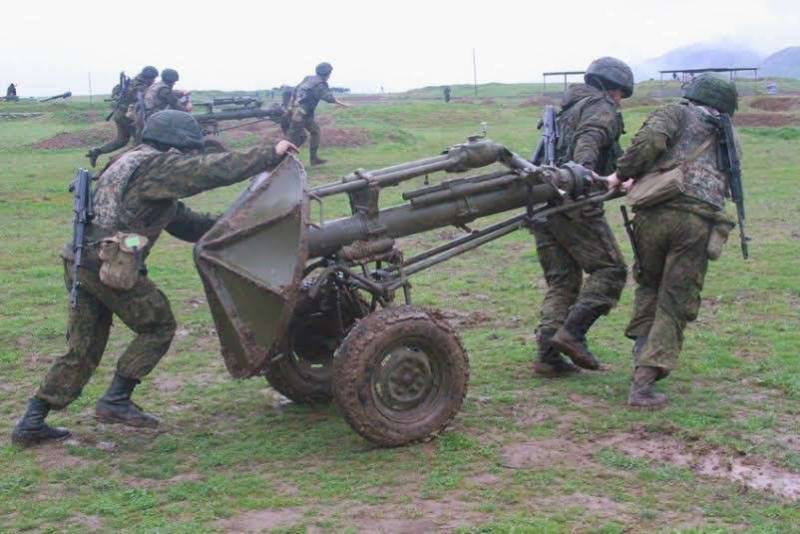
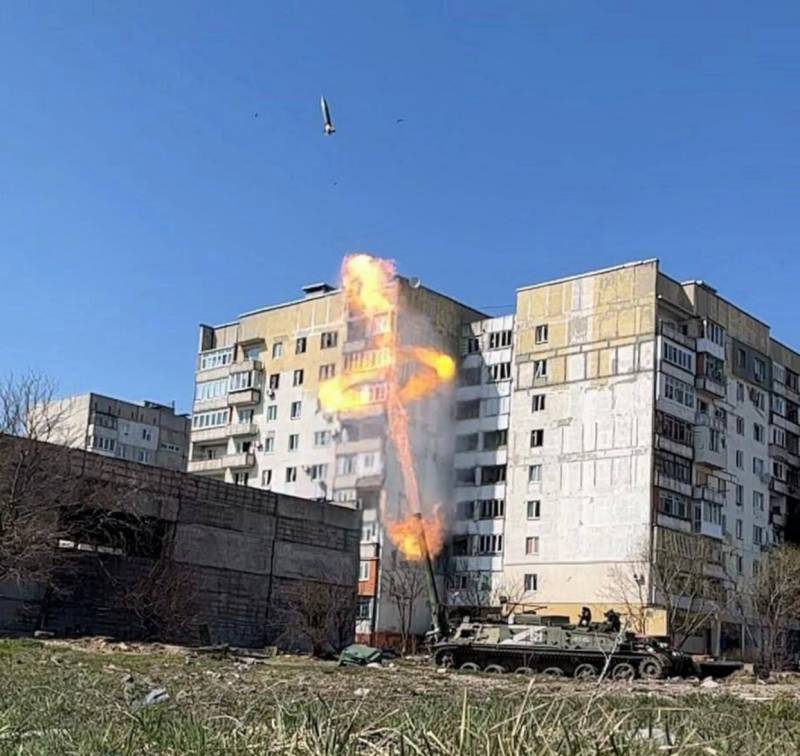
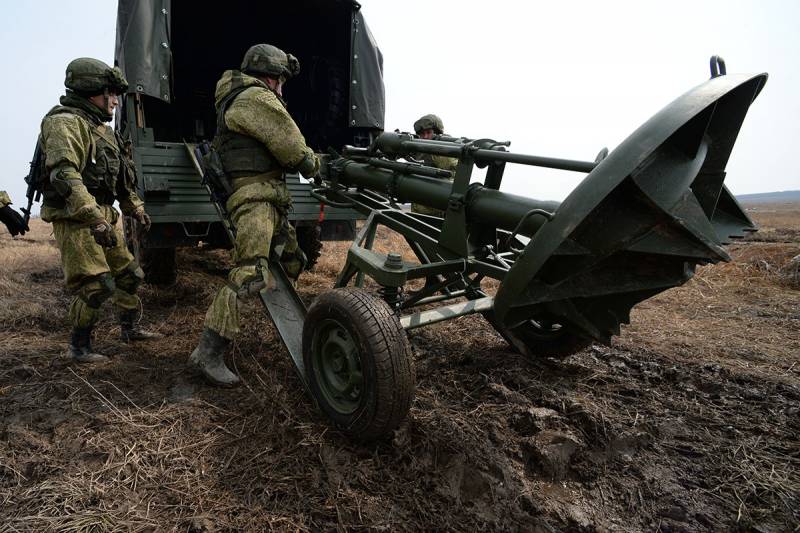
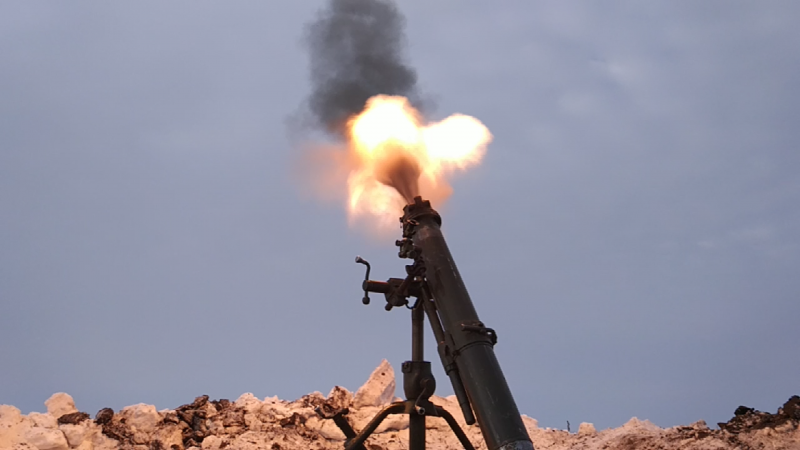

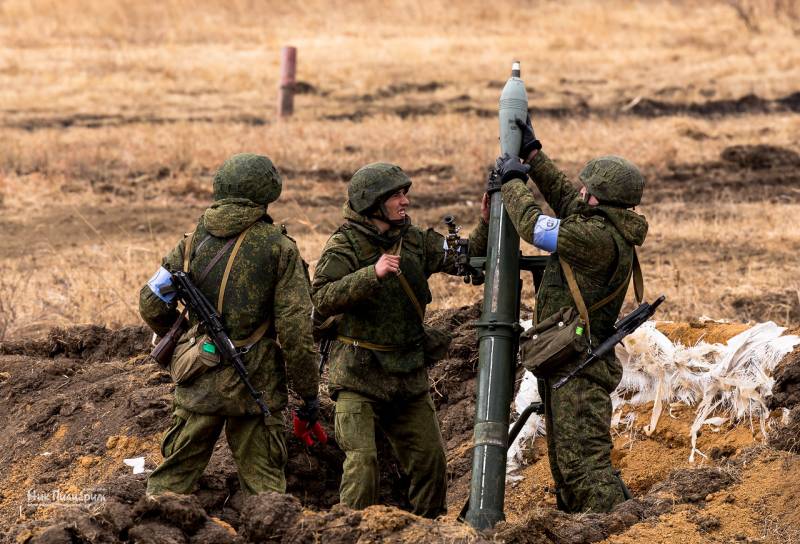
Information